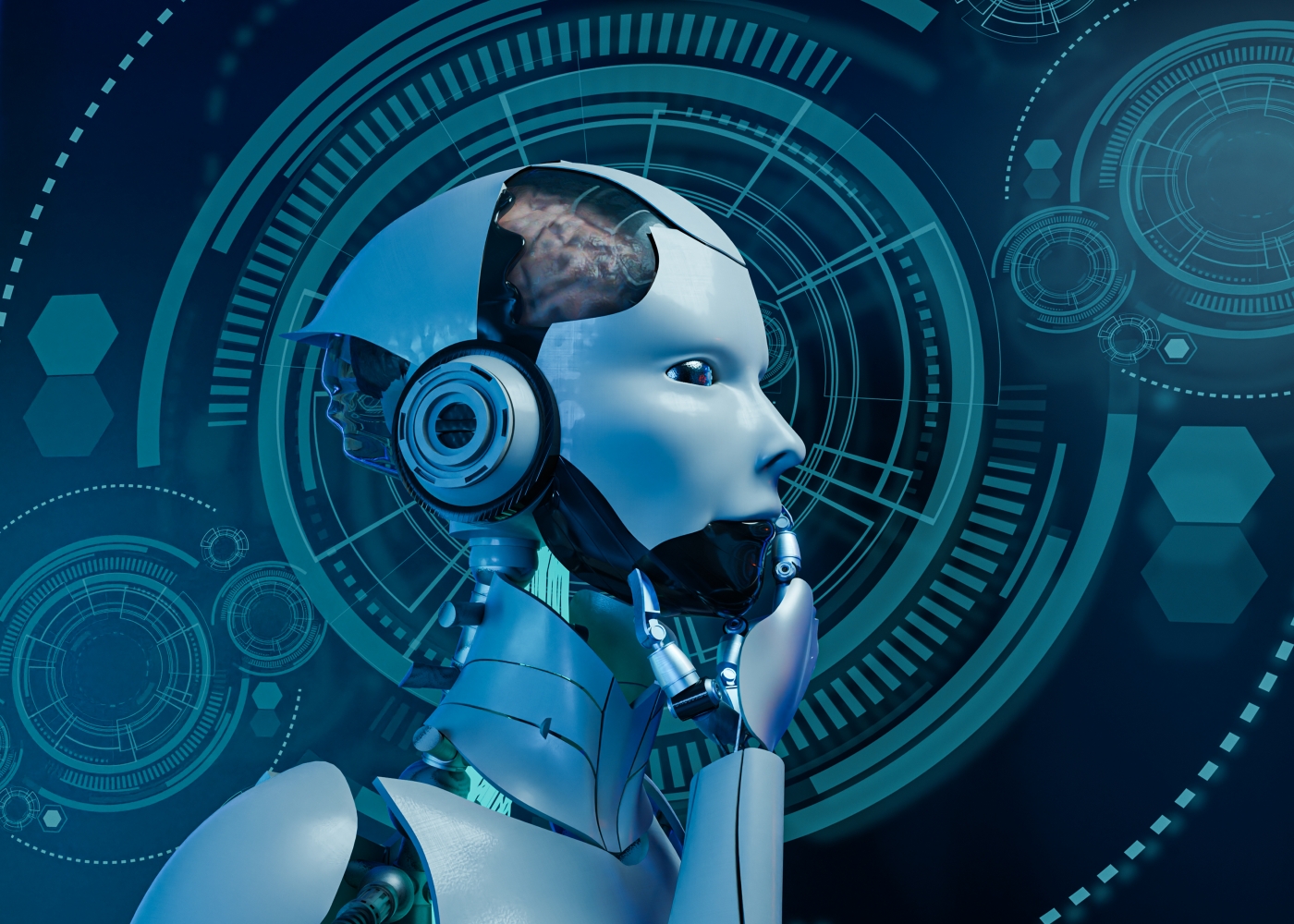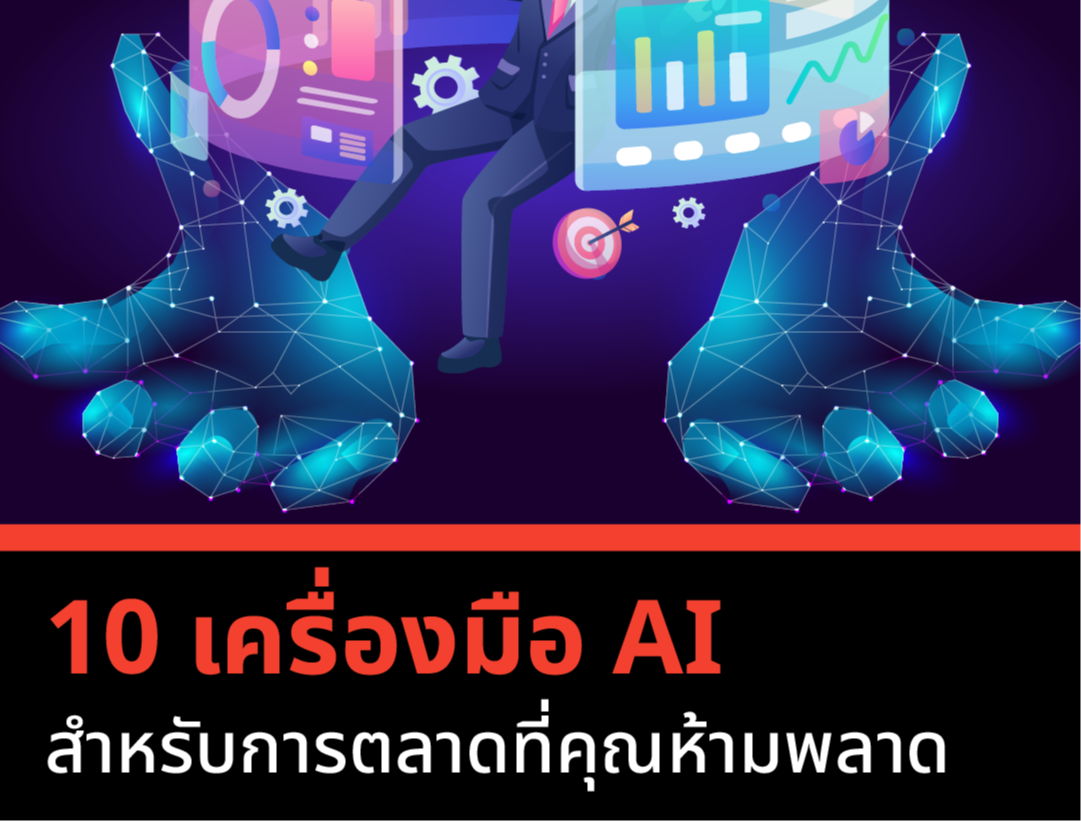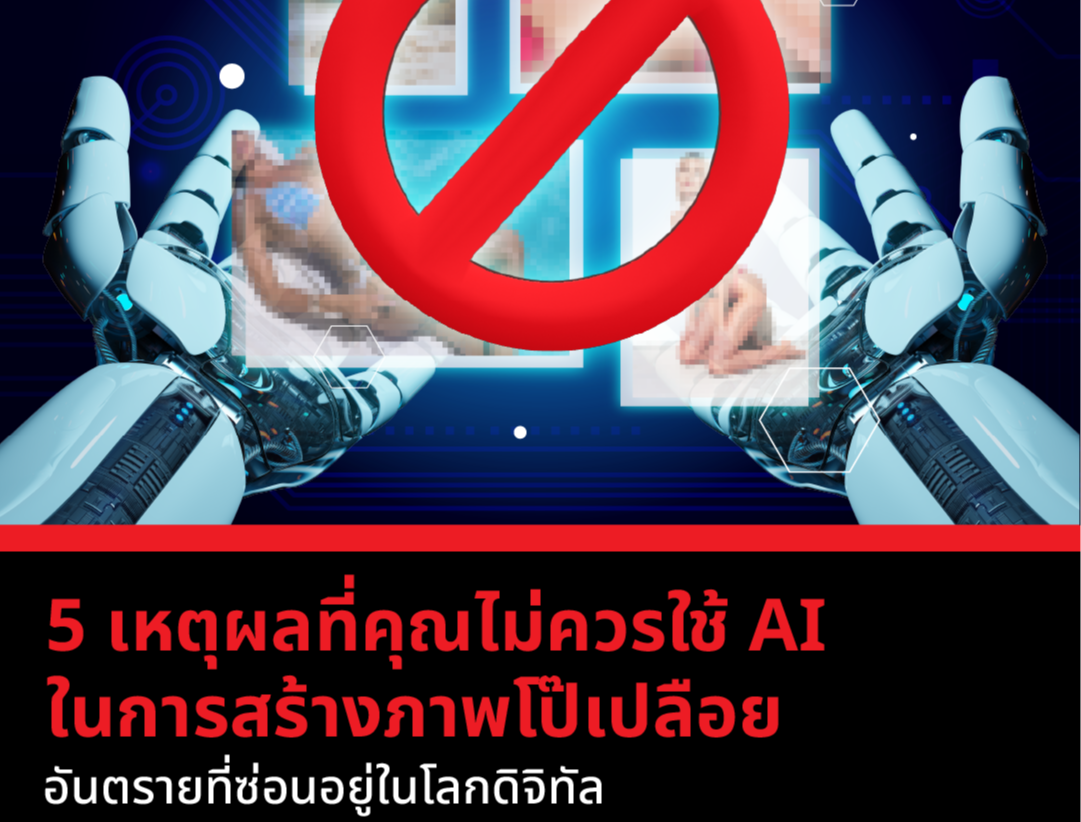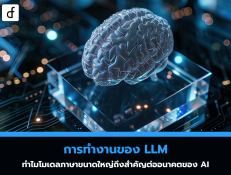
What are Large Language Models (LLM)? Get to know the technology behind the new era of AI.
2024-11-13 03:35:21
Large Language Models (LLMs) are large language models developed to understand, generate, and transform text at a high level. LLMs are the technology behind the new era of AI that can communicate like humans, and create various types of content, from articles and code explanations to intelligent conversations. The highlight of LLMs is their ability to learn from vast amounts of data and process it quickly, making them suitable for tasks that require natural language processing. (NLP)

Behind the technology of LLM
LLMs operate using neural networks, which function as structures called "Transformers." This structure enables the model to learn vast amounts of data while deeply understanding the relationships within it. It is crucial for LLMs to generate coherent and relevant text.
The fundamental principles of LLM include
- Natural language processing: The model can learn and understand the context of words and sentences, making language generation coherent.
- Unsupervised Learning: LLMs are trained using a large amount of unlabeled data, such as online texts, various documents, or news articles, allowing the model to generate responses or texts similar to human language.
- Working in an Auto-Regressive manner: LLMs generate text word by word or sentence by sentence based on the preceding words, which helps create content coherent with the conversation's context.
Benefits and applications of LLMs
- Helps answer questions and provide advice: Used for general advice to in-depth recommendations on various topics.
- Translation and summarization: LLMs can automatically translate languages and condense large amounts of content.
- Software development: It can generate code examples and help troubleshoot programming issues.
- Generate automated content: LLMs are used in the marketing and media industries to create commercial content.
Limitations of LLMs
Although LLMs have high potential, they still have limitations, such as:
- The lack of feelings and emotions: The model still cannot understand emotions and intentions like humans.
- Old data processing: The data used to train LLMs is often time-limited, making the model outdated with current information.
- Distinguishing between correct and incorrect information: The model may provide erroneous information if given an unclear prompt.

The future of LLMs
The future of LLMs is likely to develop in a direction that can be applied to more complex tasks, such as medical assistance, research, work in the education industry, and creating better communication experiences between humans and AI.
Leave a comment :
Recent post

2025-01-10 10:12:01

2024-05-31 03:06:49

2024-05-28 03:09:25
Tagscloud
Other interesting articles
There are many other interesting articles, try selecting them from below.

2023-11-09 09:55:03

2024-02-20 04:21:49

2023-11-23 01:36:57

2024-03-29 09:41:46

2025-03-19 05:05:13

2024-04-08 11:54:09

2024-02-23 05:19:59

2023-10-05 01:42:29

